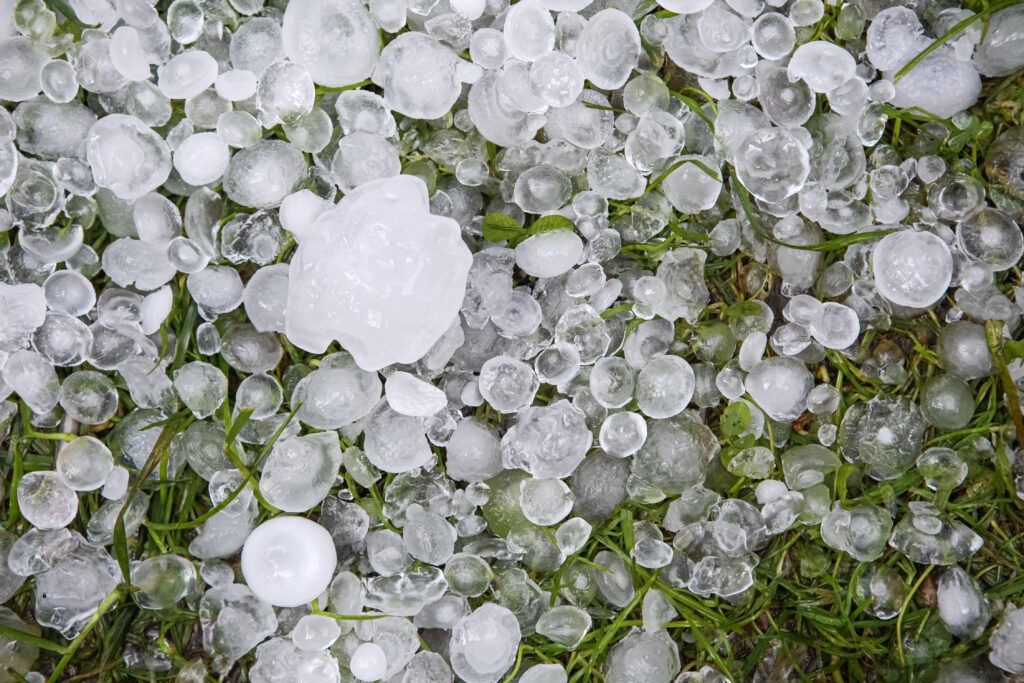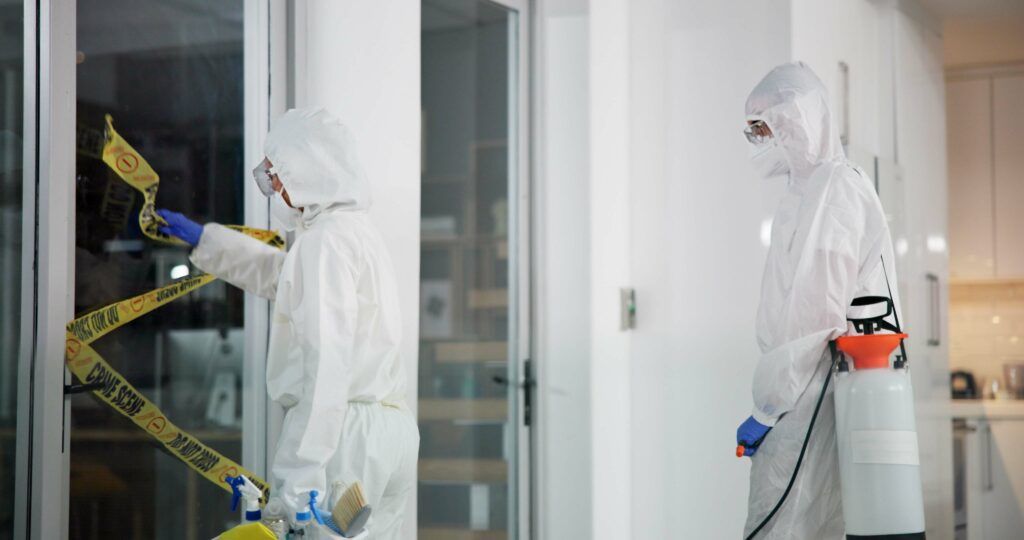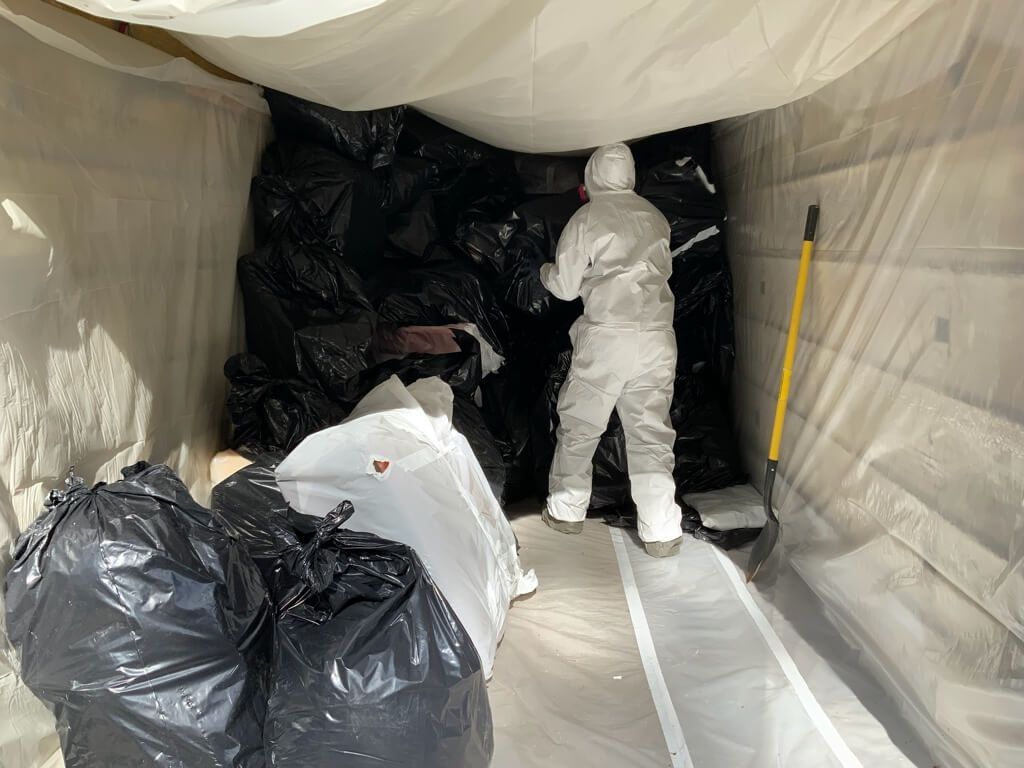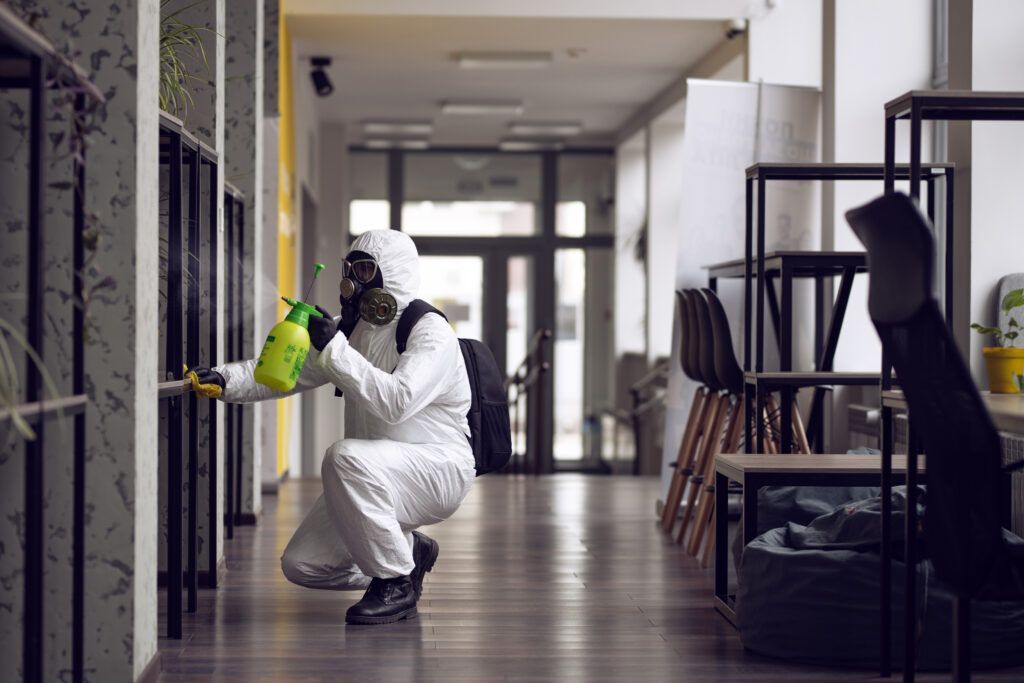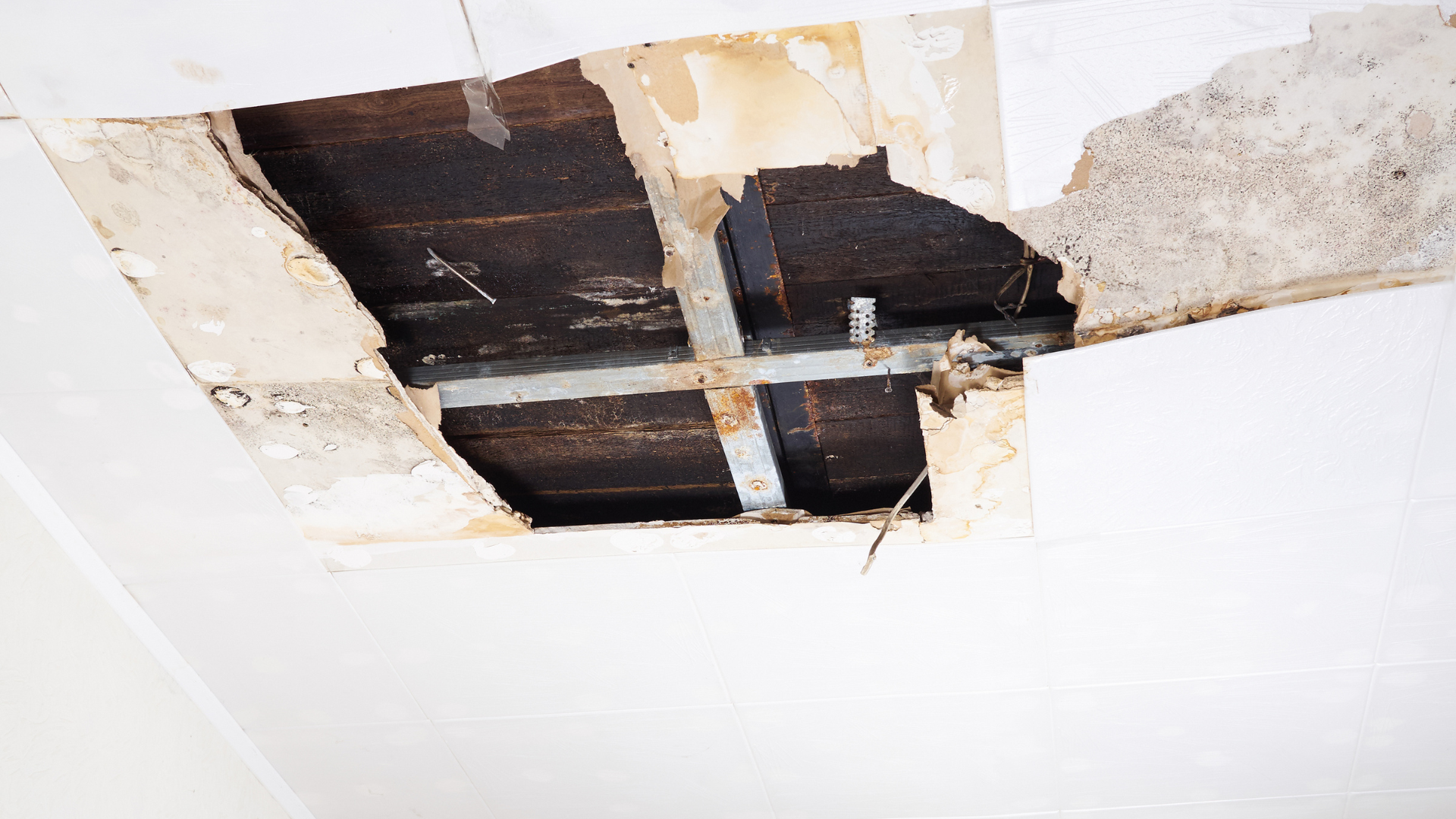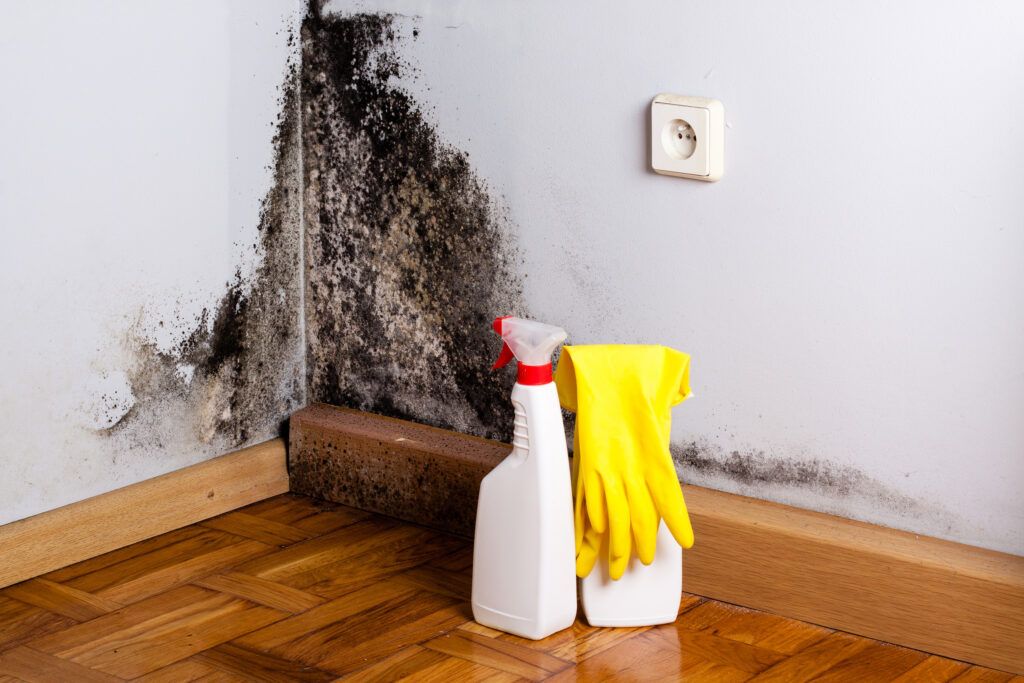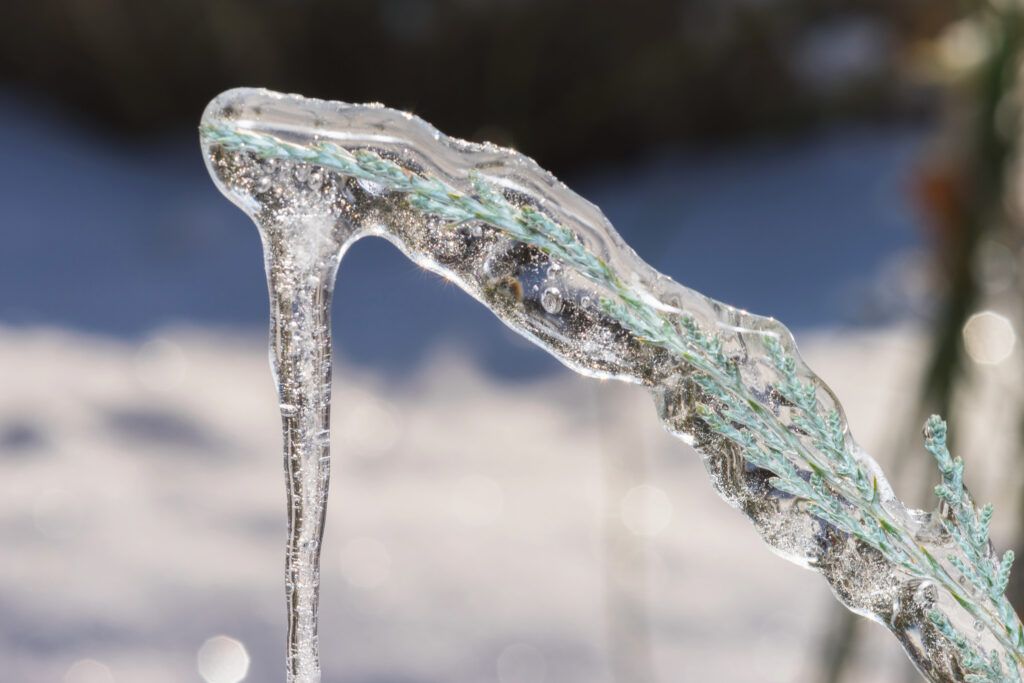How To Fix Basement Water Damage
To fix water damage in your basement, you need to find the source(s) of the water by checking for backups, leaks or cracks in your basement. If it is a backup, you'll need to repair the damaged pipe, which may be buried deep underground.
If it is a backup caused by a clog, you may need to use a pump or some other similar device to clear the pipe's pathway. Using a utility vacuum and towels, you can likely remove the water from a minor water intrusion. However, if the flooding was prolonged and you can't be sure of the extent of the damage, it is a good idea to call in a professional water damage restoration company like HRS for your basement leak repair.
HRS Restoration Services has been fixing basement leaks in the Denver for satisfied customers over the past two decades. We know what to do when basement floods occur and how to prevent it from happening again.
Basement water damage can lead to electrical and structural repairs, so the more you understand what causes water damage and how to prevent it, the more you (and professional water mitigation services) can do to avoid basement flooding in the future.
HRS Restoration Services is a full service company with more than 25 years of experience in mold remediation water damage restoration in Denver. Our technicians adhere to IICRC standards and are at the ready 24 hours a day, seven days a week.
Call HRS at the earliest sign of basement flooding to set up an appointment.
Causes Of Water Damage In A Basement
There are numerous factors causing basement flooding. The causes of basement flooding could start with rain, improper plumbing or drainage installation, or even a lack of maintenance, any of which can result in a flooded basement.
For instance, if you don't clean out your gutters, or your downspout is not located far enough away from your foundation, rainwater can flow into your basement. If there are unseen cracks and holes in your foundation, rain and groundwater have a pathway to seep inside your home.
Even if your gutters are clean, and your downspout is positioned perfectly, if the slope outside your home doesn't drain water away from your house, it can flow back towards your foundation and into your basement. If your sump pump was installed improperly, or the power goes out, water can back up to the source and come to rest in your basement. Even a tree root can impact your main water line or sewer line if its roots penetrate the pipes bringing hazardous wastewater back towards your home.
Risks & Dangers Of A Flooded Basement
If your basement floods you may be dealing with a host of problems beyond just water extraction. Any time you have an influx of water, mold spores can begin to grow within 24-48 hours. Beyond the mold you can see, there can be mold thriving behind walls and under floors, irritating your skin, eyes and respiratory system. What's more, mold and water are destructive to wood and other porous surfaces so if water removal is not done quickly, your floors and walls may need to be replaced rather than repaired. Furthermore, your home's electrical wiring is in danger of short circuiting if it comes into contact with water. Electrical damage is an expensive and dangerous byproduct of basement flooding. And finally, if your basement flood includes a sewer line backup and raw sewage backs up into your home, you will need to ensure no trace of biohazardous material is left behind due to the toxic health effects this kind of waste can cause.
Below we discuss each one of these risks in greater detail.
Mold
A water incident in your home can quickly spiral into water damage and a mold remediation problem. If you don't remove the water and mold that has already developed, mold spores can multiply, becoming more labor intensive to remove, and more threatening to your health with every passing moment. Even if you are not allergic to mold, most people exposed to mold report ill health effects like coughing, sneezing, and red, itchy, watery eyes. If you already have a respiratory illness, the health effects may be more severe.
It is important to address any water infiltration into your home quickly and effectively to limit you and your family's exposure to mold. Professional restoration companies, like HRS, have the expertise, training, and tools to ensure you are returning to a safe space free from mold.
Structural Damage
Water and its resultant mold are very invasive and work to break down porous surfaces quickly. This means the drywall and flooring in your basement is at risk of becoming unstable and warped beyond repair. If any of the walls are load bearing, any structural defects may affect the safety of your home's occupants. Water can travel through porous surfaces with a wicking effect spreading the damage to areas other than the immediate area of the water. Damage to beams and structures hidden in walls may not be visible to the naked eye, so it's important to have professional help to assess any water damaged structures.
Electrical Damage
If your electrical outlets were affected by flooding, or worse submerged, it is almost certain they are beyond repair. To completely eliminate the chance of electrocution, you or a professional should shut off all power to the basement. Flooding creates an electrical hazard. Never enter a flooded basement if water may be in contact with electrical outlets, appliances, or cords. The water may be energized, and could shock or electrocute you. Even after the electricity has been turned off, water can continue to damage electrical components in appliances, outlets, or breaker boxes if they are located in or near the flooded area. Professional water restoration technicians can help assess and locate any electrical damage due to a basement flood.
Biohazards
If your basement flood includes any kind of sewer or septic waste backup, you may be exposed to multiple hazards. Cleaning up sewage waste exposes you to a host of hazardous chemicals and human waste, a major source of harmful microorganisms.
Sewage and wastewater may contain bacteria, fungi, parasites, and viruses that can cause intestinal, lung, and other infections. Bacteria may cause diarrhea, fever, cramps, and sometimes vomiting, headache, weakness, or loss of appetite. Some bacteria and diseases carried by sewage and wastewater are E. coli, shigellosis, typhoid fever, salmonella, and cholera. Before starting any clean up, you need to isolate the area, ventilate it and protect yourself and the home's occupants before you can begin to address a sewage backup.
Signs Of Water Damage In A Basement
Regular inspection of your basement can keep you on top of the signs of water damage, including cracks in your floors or walls, flaking paint or cement, and a powdery white substance on your walls (this is called efflorescence).
Water may have rotted wood, drywall, or plaster, as evidenced by yellow or dark colored stains on your walls and floors. If you smell an off putting odor coming from your drains, this is also a telltale sign of water damage. Mold spores, which can be green, black or white and round in appearance, are another sure sign of water damage. Find out more signs of water damage below.
Cracks In Floors & Walls
Cracks in your floors and walls are an entry point for water. These cracks may be the result of soil around your foundation being poorly graded. Or cracks may have developed because of improper drainage, temperature shifts, or even your foundation settling over time. If water builds up around your home, the resulting pressure on the foundation causes it to fracture.
While not all cracks in floors or walls lead to flooded basements, monitoring or sealing any fissures can help prevent water from entering your home or basement.
Flaking Concrete or Cement
When concrete floors or walls begin to flake or pit, this is known as spalling. Spalling happens when moisture trapped inside the concrete's pores freezes and expands causing pieces to break away in flakes or pits. Over time, these small pits can continue to grow so it's important to be aware of any changes.
Efflorescence Deposits Forming On Walls
If water saturates brick, concrete, or stone, the surface may begin to show a white grainy, or powdery substance. What you are seeing is salt deposits – a definite sign of moisture in brick, concrete, or stone. When moisture bubbles up from your basement floor, these deposits look like a white "foam" on your floors. While not hazardous, and fairly simple to remove, it's important to eliminate the source of moisture to prevent it from recurring.
Rotting Wood, Drywall & Plaster
Water can significantly damage wood, drywall and plaster. Water damage is apparent when you notice wet or soft spots and warping of these surfaces. If you notice sagging in walls and ceilings, bulging areas around window wells, or warped wood surfaces, you probably have a water leak.
Yellow Or Brown Discoloration
There are only two things that cause yellow or brown stains on your ceiling, wall and floors: water and mold. Water damage precedes mold so it's bad news all around when you notice these cloud-like, unsightly stains in your basement walls or ceiling. Some brown discoloration can also indicate rust which can indicate the presence of water.
Unpleasant Smell Around Drains
Off-putting smells from your drains may be a sign you have a damaged sewer line. Sewage has no exit point so it is trapped in your pipes along with the smell. The smell comes from the decomposition of household waste and with nowhere to go the smell can back up and into your home.
These smells can indicate anything from a dried out P-trap, faulty wax ring under a toilet, or even a sewer line leak or break. A professional water mitigation expert can help identify and resolve any or all of these concerns.
Mold Growths
If you notice a musty, moldy smell in your basement, or you notice small black speckles, areas that look like burn marks, or areas that look dirty, you may have a mold problem. Mold colonies grow in round patterns and come in many different colors such as black, green, white, brown, or yellow. Mold spores develop within 24-48 hours after a water incident, and as long as the area stays dark and wet it will continue to spread in your basement. Mold is not just unsightly, it can cause additional health problems including itchy, watery eyes, skin irritation, wheezing, or respiratory problems.
If you notice areas of concern, take note and contact a professional to assess the risk, damage, and remediation.
Fixing A Leaky Or Flooded Basement
For water in basement solutions, you should proceed with the following steps to learn how to fix basement flooding. First, you will want to disconnect the power to eliminate the risk of electrocution. Next, you'll want to contact your insurance company to see whether your homeowner's policy covers your basement flooding repair. Next, you'll want to begin to stop the leak and begin the repair process. Once the leak has been stopped you will need to extract the standing water and ventilate the area. Only after you have completed these steps can you begin water damage remediation and restoration. Finally, to prevent future water incidents, consider ways to protect your basement whether through waterproofing, moisture alarms, or even simple maintenance.
Here's more on how to fix a leaky basement in greater detail.
Disconnect Power To Basement
Never enter a flooded basement if there is a chance water has come into contact with any type of electricity. To remove the chance of electrocution, shut off the power source to the basement. To do this, locate the main electrical panel and flip the main circuit breakers at the top to the OFF position.
Call Your Insurance Company
Depending on your insurance, some of the repair and replacement costs may be covered. If the flood in your basement was purely caused by a weather incident, it is unlikely that your insurance policy will reimburse you to repair the damage. However, if the basement flooding is the result of an appliance malfunctioning or a burst pipe, insurance may cover the cost to repair.
If water is seeping into your basement, insurance may or may not cover this depending on what steps you've taken to lessen the chances of flooding. Sewer backups are considered preventable with regular maintenance so you'll need to check with your insurance company to determine if they will cover any damages or repairs.
Identify and Fix The Source Of Water
Finding and stopping the source of water can be as simple as repairing or replacing a faulty sump pump; check the pump mechanism and clear the drain.Sometimes a leaky appliance hose is to blame, use plumber's tape to seal any holes or tears, or replace the hose with a new one. Cracks along your basement walls that allow water in can be patched or sealed with hydraulic cement. If the leak originated near your window, seal any openings with silicone latex-based caulk.
If a broken pipe leads to flooding, turn off the water supply and repair or replace the pipes. If the slope of your yard funneled water into your basement, you will need to regrade the yard to drain away from foundation. In cases where a sewer or septic pipe may have backed up into your basement, you should contact a professional to handle any repairs safely.
Remove Standing Water
The water has stopped and now you need to get it out of your basement. Use a submersible pump to remove standing water from the basement. Any residual water may be extracted with a wet vacuum, towels and buckets. For large amounts of water you may need something stronger than what you can find at the hardware store.
Ventilate The Basement
Bring in fresh air, open windows, plug in fans, and bring in dehumidifiers to dry out the area. This will help stop mold from growing since mold thrives in a moist climate. Use high powered fans to dry out your flooded basement if they are available. You can rent high powered fans and blowers at many hardware stores.
Water Damage Remediation & Restoration
In most cases, it is best to look for a company trained in water damage remediation and restoration. Water damage remediation involves extracting the water from your flooded basement, completely drying out the area, cleaning and sanitizing, as well as making necessary repairs and replacements to floors, walls and ceilings. Professional water mitigation technicians have the tools, training, and expertise to handle the entire process from start to finish, getting your basement back to normal.
Consider Waterproofing Basement
To lessen the possibility of a future flooded basement, you may want to consider waterproofing your basement interior, exterior, or both. Interior waterproofing involves sealing cracks or holes in your basement walls, floors, and around windows and doors. Exterior waterproofing typically requires soil excavation surrounding the foundation of the home.
Once the soil has been removed, a waterproof sealant can be applied to the exterior walls. This is a much more labor-intensive process, but may be necessary as the source of most basement flooding originates outside your home. There are many things that a professional water mitigation service can help you do around your home that will help in preventing basement floods. Contact HRS to find out more.
Related Services & Resources
For professional basement water damage restoration in Denver, HRS Restoration Services offers comprehensive solutions. Learn more about our water damage restoration services and mold remediation services to protect your property and health.
For additional information about water damage prevention and safety, visit the FEMA flood preparation guidelines and the CDC's flood cleanup and water safety recommendations.
Call HRS Restoration Services today at 303-241-7849 for fast, professional restoration help.
